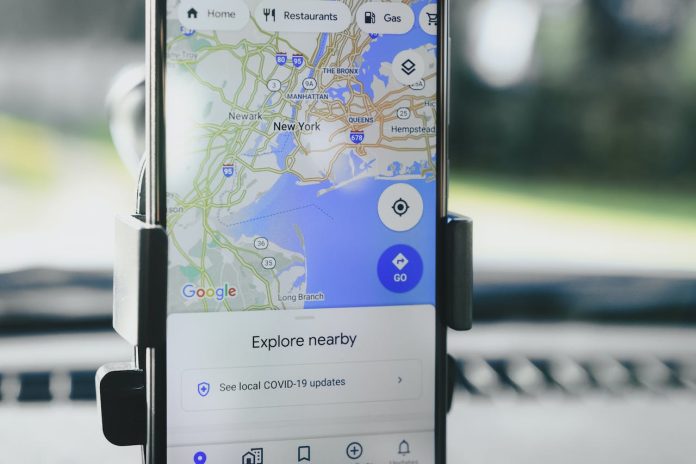Efficient navigation and route planning are essential for businesses that rely on commercial vehicles. Whether delivering goods, providing services, or managing a fleet, optimizing routes can lead to significant cost savings and improved customer satisfaction.
Many wonder if Google Maps, the ubiquitous navigation tool, is suitable for commercial vehicles. This is where a commercial vehicle GPS selection guide becomes essential. Such a guide can help if Google Maps provides businesses with navigating the landscape of GPS solutions tailored to their needs.
Hence, we will share the capabilities and limitations of Google Maps for commercial use.
Google Maps for General Use
Undeniably, Google Maps ranks among the top navigation choices globally, delivering a seamless user experience and live traffic insights. For the average person, it is an excellent tool for finding directions, locating nearby businesses, and estimating travel times.
However, the requirements go beyond what a standard navigation app can provide for commercial vehicles, such as delivery trucks, service vans, or long-haul trucks.
Route Optimisation
One of the primary challenges for commercial vehicles is route optimization. Commercial routes often involve multiple stops, delivery windows, and specific road restrictions.
While Google Maps can provide directions from point A to point B, it may need to optimize the route to include all necessary stops efficiently. Businesses with multiple deliveries or service appointments need a tool to calculate the most cost-effective and time-efficient sequence of stops.
Google Maps needs these advanced route optimization features, making it more suitable for complex commercial routing.
Vehicle-Specific Data
Commercial vehicles exhibit a range of sizes and forms, each demanding specific considerations due to their unique characteristics. For instance, a large truck may not access narrow streets or low-clearance bridges that a standard passenger car can navigate easily.
To address this issue, commercial route planning tools need to consider vehicle-specific data, such as height, weight, length, and load restrictions.
Google Maps offers options for selecting different vehicle types, like cars, bicycles, and walking. However, these settings are relatively basic and may only account for some of the nuances of commercial vehicle operations.
Traffic and Real-Time Updates
Real-time traffic information is another essential consideration for commercial vehicles. Delays due to traffic congestion can increase fuel costs and missed delivery windows, impacting a business’s bottom line. Google Maps excels in providing live traffic updates, helping drivers avoid traffic jams, and choosing alternate routes.
While Google Maps provides valuable real-time traffic data, it may have a different level of customization than dedicated commercial route optimization solutions. These solutions often offer advanced traffic-aware routing that considers the vehicle type and specific road restrictions, ensuring drivers are directed to the most efficient paths.
Integration and Customization
Businesses overseeing a fleet of commercial vehicles emphasize the importance of smooth integration with other systems and the need for customization options.
Commercial route optimization tools often provide APIs and integrations with other software platforms, allowing businesses to automate route planning and streamline their operations.
Google Maps, on the other hand, is primarily a consumer-oriented navigation tool. While it does offer some level of customization and integration options, they may be less extensive or tailored to the needs of commercial vehicle operators.
Pricing Considerations
The cost is another factor to consider when evaluating Google Maps for commercial use. Google Maps offers a free version for individual users, making it accessible to anyone with a smartphone. However, this free version may have limitations for commercial users, such as a restricted number of route optimization requests.
Commercial route optimization solutions typically operate on a subscription-based model, with pricing that varies based on the number of vehicles, routes, and additional features required. While there is a cost associated with these solutions, businesses often find that the efficiency gains and cost savings justify the investment.
Final Say
While Google Maps is a powerful navigation tool suitable for general use, it may only partially meet the needs of commercial vehicle operators. Businesses that rely on commercial vehicles often require more advanced route optimization features, vehicle-specific data, and integration options.
The choice between Google Maps and commercial route optimization tools depends on the unique needs of the business and the complexity of its commercial routing operations. Commercial route optimization tools are designed to provide comprehensive solutions for commercial vehicle operators, ensuring that routes are optimized for efficiency, compliance, and cost-effectiveness.







